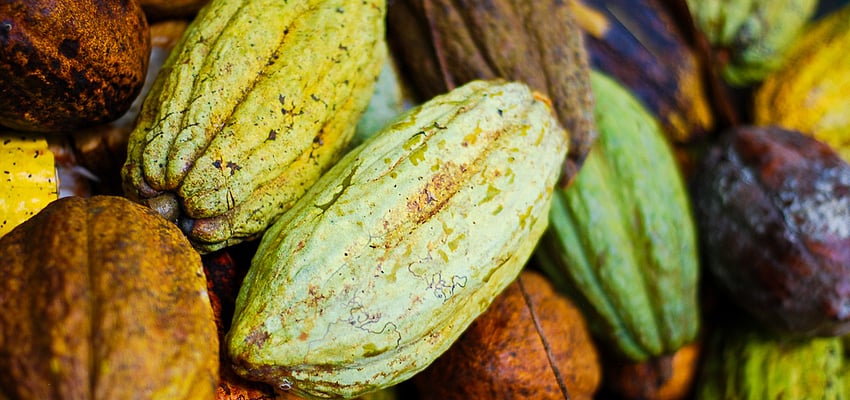


Costa Rica was initially populated by Amerindian peoples but then experienced a period of colonization by the Spanish before finally achieving independence.
Before the arrival of the Spanish conquistadors, Costa Rica was inhabited by indigenous peoples. Their populations were not very large, but their country had already become a land of passage and trade. In 1502, Christopher Columbus disembarked near Puerto Limón. Enchanted by the beauty of the country, he named it the "Rich Coast ". The Spanish invaders were repelled by the inhabitants, and many of them also succumbed to tropical diseases.
In 1561, Juan de Cavallón colonized Costa Rica and founded Cartago in the mountains. Costa Rica was part of the Captaincy General of Guatemala from 1570 onward. The country developed slowly, largely due to the remoteness of the territory and its lack of manpower. In 1717 Heredia was founded. In 1737 it was San Jose's turn to be established. However, European diseases killed off the indigenous population and the colonists lacked the money to bring in black slaves, save for a few Jamaicans.

Costa Rica finally declared its independence in 1821, at the same time the Kingdom of Guatemala did. In 1838, the government of Braulio Carillo proclaimed Costa Rica a sovereign and independent state, with San Jose as its capital. Coffee production began, enabling the development of a prosperous economy. A large amount of foreign investment entered Costa Rica between 1870 and 1882, permitting the development of the railway system and the rapid expansion of public infrastructure. Coffee and bananas were exported to Europe in huge quantities, especially when the American corporation the United Fruit Company became established in the country.
When you visit Costa Rica, you will be able to see for yourself that it is a democracy and that political life there is much calmer than in other Latin American countries. Today, with the 20th century behind us, it is the Costa Ricans who are dominating the political and intellectual life of Central America.
In 1948, when General Teodoro Picado refused to concede power after the liberal candidate Otilio Ulate won the election, a civil war broke out, leading to more than 1000 deaths. José Figueres Ferrer took power, but only in order to hand it to Otilio Ulate and place the National Liberation Party at the head of the country. Then, in 1948, the country decided to abolish the army and establish the education system that the Costa Ricans are today very proud of. Óscar Arias Sánchez. elected in 1986, worked to reestablish peace in a Central America torn apart by conflicts between communists and conservatives, receiving a Nobel Peace Prize for his efforts in 1987. He was reelected president in 2006. In 2010, Laura Chinchilla became the republic's first female president.
Costa Ricans today enjoy a high standard of living. Agriculture currently accounts for a large portion of Costa Rica's economy today and tourism is expanding rapidly. Since the 6 April 2014, the president of Costa Rica has been Luis Guillermo Solis from the center-left, anti-corruption Citizens Action Party. Costa Rica, a country to visit again and again.